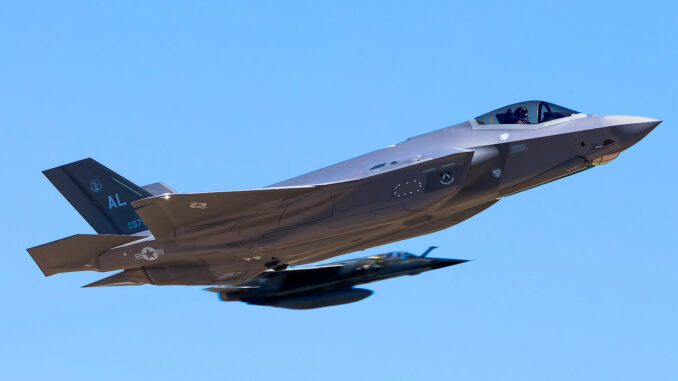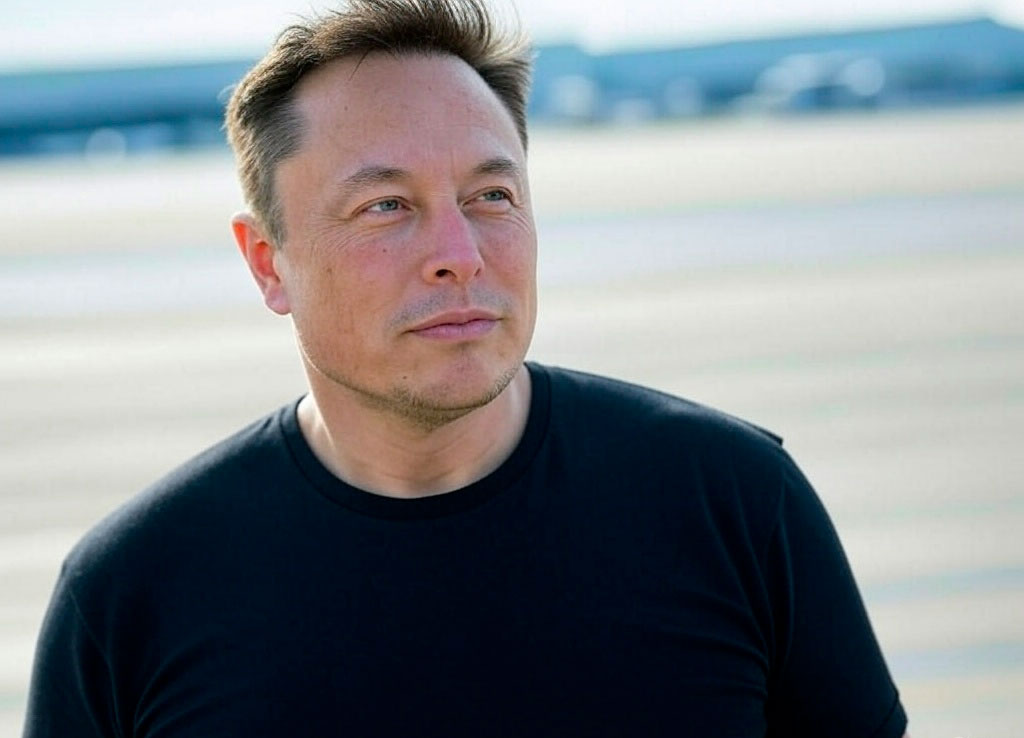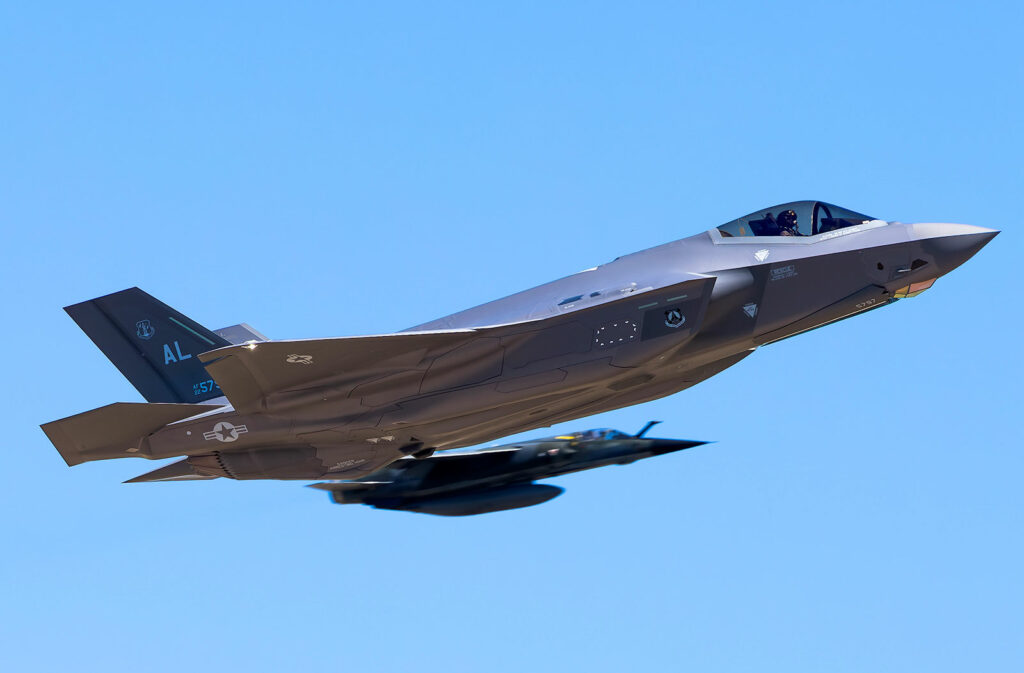
Elon Musk renews criticism of the F-35, highlighting its high cost, technical shortcomings, and the growing threat of autonomous drones.
Elon Musk has reignited his criticism of the F-35 program, denouncing persistent technical weaknesses despite its estimated cost of more than $1.7 trillion. He claims that the aircraft, developed by Lockheed Martin, is vulnerable to inexpensive autonomous drones that are redefining the dynamics of modern warfare. This position reignites the debate over the future of manned fighter jets and the strategic relevance of massive investments in complex systems as electronic warfare and autonomous drones gain ground.
Elon Musk attacks the F-35 program again: persistent technical criticism
Elon Musk has reiterated his criticism of the F-35 Lightning II program, one of the most expensive military projects in history, highlighting its operational limitations with factual evidence. The F-35 program, launched in the early 2000s, has cost approximately $1.7 trillion (approximately €1.58 trillion) over its entire life cycle, including development, production, and maintenance. Despite this massive investment, recent reports continue to point to significant technical deficiencies.
The Government Accountability Office (GAO) confirmed in 2024 that the F-35 still has 821 critical failures, including bugs in mission software and shortcomings in the AESA (Active Electronically Scanned Array) radar systems. Among the problems, the ALIS (Autonomic Logistics Information System), which was supposed to revolutionize maintenance, was abandoned after numerous failures and replaced by ODIN, which is also experiencing delays.
The situation is worrying because the F-35 was originally supposed to be fully operational by 2012. However, according to a Pentagon report, by 2025 only 40% of the aircraft delivered to the US military will actually be available for unrestricted missions. These figures contradict public statements by manufacturers and military officials about the stealth fighter’s “technological superiority.”
The conclusion is clear: the F-35 program is plagued by delays, cost overruns, and critical malfunctions, calling into question the strategic relevance of continuing it in the context of rapidly evolving air threats.

The massive budgetary impact of the F-35 program on public finances
The total cost of the F-35 program is unprecedented in military history. With an estimated cost of more than $1.7 trillion, it represents the equivalent of Spain’s annual GDP (approximately $1.6 trillion in 2023). Each aircraft costs between $80 million and $110 million to purchase, depending on the version (A, B or C), not including operating costs, estimated at $36,000 per flight hour for an F-35A.
By way of comparison, an MQ-9 Reaper drone used by the US Air Force costs around €16 million to purchase and €4,000 per flight hour for reconnaissance or strike missions. The difference in operating and acquisition costs is therefore enormous.
The program accounts for approximately 7% of the US Department of Defense’s annual budget, which is around $810 billion (€750 billion) for 2024. Such a large share raises questions about the efficiency of this investment in the face of more agile and less expensive evolving threats.
Critics such as Musk are therefore warning of a budgetary sustainability issue: as conflicts tend towards the massive use of low-cost autonomous drones, maintaining a fleet of F-35s could become financially untenable for the US and its allies.
The changing battlefield: autonomous drones versus manned aircraft
Elon Musk’s comments are part of a strategic reflection on the changing battlefield. Since 2020, the wars in Libya, Armenia-Azerbaijan, and then Ukraine have demonstrated the formidable effectiveness of autonomous and semi-autonomous drones, such as the Turkish Bayraktar TB2 and the Iranian Shahed-136 kamikaze drones.
The cost of an attack drone such as the Shahed-136 is estimated at $20,000, which is 5,000 times less than an F-35. Deployed in swarms, these drones can overwhelm traditional defenses, making manned aircraft extremely vulnerable. In Ukraine, S-300 and Buk-M1 systems costing several million euros were overwhelmed by drones costing a few thousand euros to produce.
Air combat is thus turning into an asymmetrical confrontation where the costs of engagement become decisive. The ability to rapidly and mass-produce drones could render obsolete strategies based on rare, expensive, and complex platforms such as the F-35.
Musk’s comments are therefore not speculation: they describe a development that is already observable on the ground.

Strategic consequences: should we rethink air superiority?
Elon Musk’s criticism raises a major strategic question: does air supremacy still rely on manned stealth fighters, or must it adapt to new technologies?
The F-35 program was designed to survive in a complex A2/AD (Anti-Access/Area Denial) environment, where modern anti-aircraft systems such as Russia’s S-400 make conventional approaches perilous. However, even the F-35, with its extremely low radar reflectivity index (-40 dBsm in certain frequencies), remains vulnerable to new multi-frequency radars and passive sensors.
In addition, electronic warfare is advancing rapidly. Modern jamming systems, such as those used by China (J-16D system) and Russia, can detect and neutralize stealth aircraft much more effectively than they could twenty years ago.
In response, the US Air Force is currently developing programs such as Collaborative Combat Aircraft (CCA), which aim to combine manned aircraft with autonomous drones, known as Loyal Wingman, to combine firepower and flexibility. The objective is clear: to reduce dependence on costly manned platforms and diversify strike and reconnaissance capabilities.
In this context, the F-35 could become one link in a chain rather than the central element of air dominance, a major shift in military strategies for 2030.
Towards a hybrid human-machine model: the necessary transition
The technological response to Musk’s criticism already seems to be underway. Projects such as the USAF’s Skyborg and the XQ-58A Valkyrie drones are currently testing hybrid combat architectures. These programs aim to develop intelligent drones capable of cooperating with manned fighters to maximize lethality while minimizing risks to pilots.
An XQ-58A drone costs around $2 million, which is 50 times less than an F-35, for comparable strike capabilities against certain targets.
The hybrid human-machine model offers several advantages:
- Reduced costs per mission.
- Increased redundancy of air forces.
- Reduced human risk on the front line.
- Increased tactical flexibility to overwhelm the enemy.
It is now clear that the future of air warfare will not be entirely manned or entirely autonomous, but a combination of the two. Musk’s warning, far from being marginal, is therefore echoed in current military research and development trends.
War Wings Daily is an independant magazine.